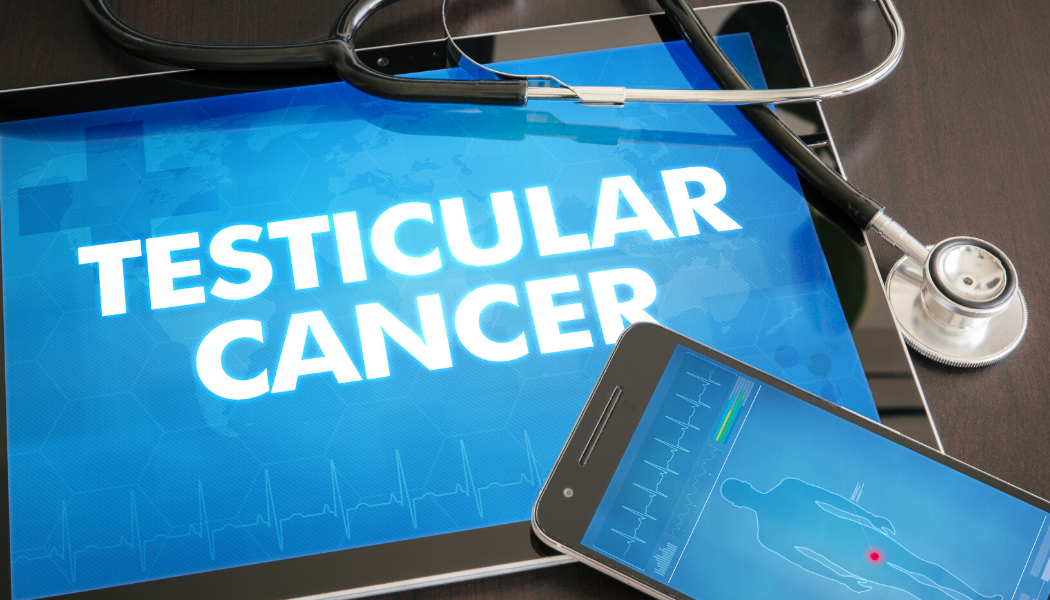Testicular Cancer Awareness Month: Self Examination Saves Lives
Learn the signs and symptoms of this rare, but treatable illness that affects one out of every 250 men.
Testicular cancer occurs when cancer cells form in the tissues of one or both testicles — the egg-shaped glands located inside the scrotum that produce testosterone and sperm. Although testicular cancer is rare and accounts for only one percent of cancers in men, it remains the most common cancer diagnosed in men ages 15-35.
April is Testicular Cancer Awareness Month. The National Foundation for Cancer Research (NFCR) encourages men to learn the signs and symptoms of this serious illness, as well as take steps to help reduce their risk through proactive self-examination.
Testicular Cancer: The Signs and Symptoms
It’s estimated that 9,610 men will be diagnosed with testicular cancer in 2020. The most common symptom associated with the disease is swelling or discomfort in the scrotum. However, men who experience any of the following symptoms are encouraged to speak with their health care provider:
- A painless lump or swelling in either testicle
- A change in how the testicle feels
- A dull ache in the lower abdomen or groin
- A sudden build-up of fluid in the scrotum
- Pain or discomfort in a testicle or the scrotum
Be Proactive, Understand Your Risk
According to the National Cancer Institute, there are several risk factors that can increase a man’s chance of developing the disease, including:
- Having an undescended testicle
- Experiencing abnormal development of the testicles
- Having a personal or family history of testicular cancer
White men also have an increased risk of developing testicular cancer when compared to men from other races and ethnicities.
However, many men who are diagnosed with testicular cancer have no known risk factors for the illness. As a result, proper self-examination is critical in helping detect testicular cancer at an early stage.
Self-Examination: The Key to Early Detection
One man who can attest to the importance of self-examination in the early detection and treatment of testicular cancer is Justin Birckbichler, a testicular cancer survivor and founder of A Ballsy Sense of Tumor who was interviewed by NFCR in 2019. Monthly self-examinations only take a few minutes to perform, but are critical in helping men notice any unusual changes that should be discussed with their health care provider.
To properly perform a self-exam, men should:
- Choose a time when the scrotum is relaxed, such as during/after a shower.
- Place an index and middle finger under the testicle with the thumb on top.
- Firmly but gently roll the testicle between the fingers.
- Examine testicles for changes in color, shape, or swelling.
- Contact a doctor immediately if any bumps, lumps, or other concerning changes are identified.
Understanding Available Treatment Options
Although testicular cancer is a serious disease, the prognosis for patients diagnosed with the illness is often good thanks to advances in available treatment options. American figure skater and Olympic gold medalist Scott Hamilton, who was diagnosed with stage four testicular cancer in 1997, was even able to overcome the illness after receiving several months of chemotherapy.
For patients diagnosed with testicular cancer, the National Cancer Institute notes that five types of standard treatment are commonly used to treat the disease, including:
- Surgery
- Radiation Therapy
- Chemotherapy
- Surveillance
- High-dose chemotherapy with stem cell transplant
A common side effect of treatment for testicular cancer is infertility. Men who may want children are encouraged to consider sperm banking before beginning treatment.
For more information about testicular cancer, including the latest research being conducted by researchers sponsored by the NFCR, visit the NFCR Testicular Cancer webpage.












